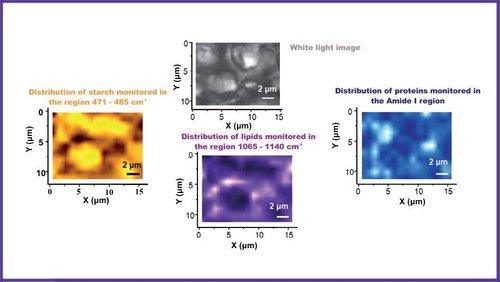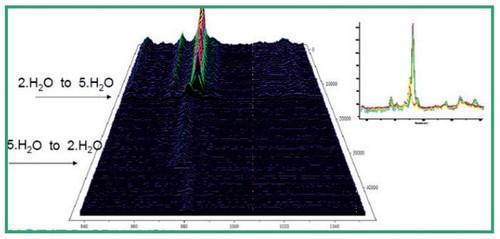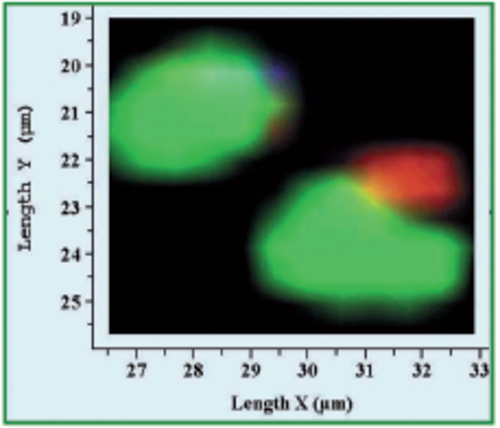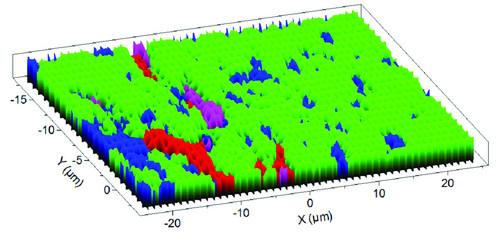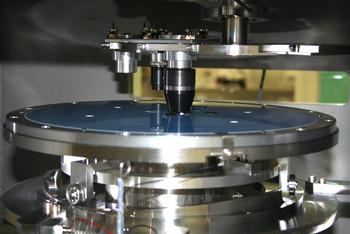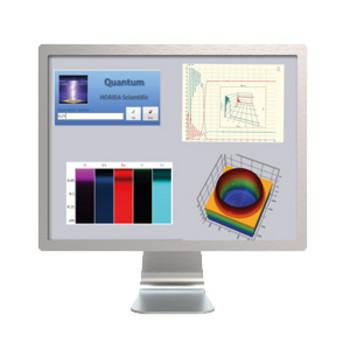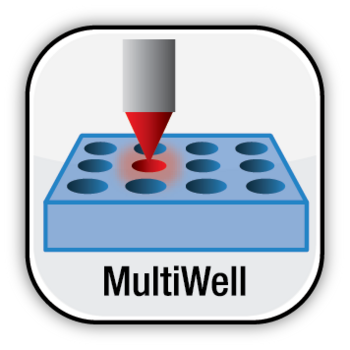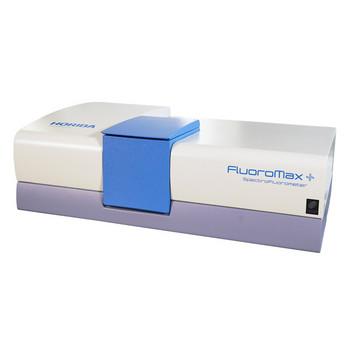
| Spécifications Générales | ||
| Gamme de longueur d'onde | UV profond jusqu'à VIS-NIR | En standard 200 nm - 2200 nm (achromatique, pas de changement d'optique nécessaire) |
| Spectrometer Imageur | Configuration Czerny-Turner | Longueur focale : 800 mm |
| Lasers | Jusqu'à 6 motorisés | Sélectionnables par l'utilisateur: 266 nm, 325 nm, 355 nm, 405 nm, 458 nm, 473 nm, 532 nm, 633 nm, 660 nm, 785 nm, 1064 nm D'autres longueurs d'onde sont possibles sur demande. |
| Filtres Laser | Illimité | Gamme de filtres variée (Dielectric, Notch, ULF…) pour répondre à toutes les applications |
| Nombre de réseaux | Illimité | |
| Résolution spectrale FWHM | À la longueur d'onde d'excitation de 244 nm : ≤ 1.5 cm-1 avec 3600 t/mm À la longueur d'onde d'excitation de 532 nm : ≤ 0.6 cm-1 avec 1800 t/mm et ≤ 0.3 cm-1 avec 3000 t/mm À la longueur d'onde d'excitation de 633 nm : ≤ 0.4 cm-1 avec 1800 t/mm et ≤ 0.2 cm-1 avec 2400 t/mm À la longueur d'onde d'excitation de 785 nm : ≤ 0.2 cm-1 avec 1800 t/mm | |
| Ultra-basse fréquence (ULF) | < 10 cm-1, mesure sur le soufre | Basé sur des filtres à réseau de Bragg (VBG). Disponible pour les excitations laser à 473, 532, 633 et 785 nm. |
| Fonctions de calibration automatisées internes | Méthodes intégrées automatiques AutoCAL et ICS, VRM & VRM OA de série | Calibration automatique de l'intensité et de la gamme spectrale. VRM génère une haute précision spatiale pour les cartographies Raman et microscopie, VRM OA permet de modifier le facteur de grossissement sans perte de précision spatiale. |
| Imagerie Raman rapide | Fonctions SWIFT™ brevetées | Compatible avec tous les objectifs et lasers. 3 modes disponibles de série : imagerie SWIFT™, imagerie répétitive et haute résolution spectrale XR. L'imagerie à haute vitesse SWIFT™ XS nécessite un détecteur EMCCD disponible en option. |
| Couplage AFM / SEM | Oui | Compatible avec le module NanoRaman et l'accessoire breveté nanoGPS™ navYX pour les mesures corrélatives. |
| Dimensions l x H x P (mm) | 1300 x 1194 x 473 | La profondeur dépend du choix de la table XY et du banc laser (en option). Cette valeur correspond à une table de 100 x 100 mm et au banc laser de Classe IIIb - sans CDRH (optionnel). |
| Poids | ~100 kg | Dépend de la configuration. |
| Sécurité | Classe IIIb | En option, laser avec CDRH, sécurité de classe 1. |


















